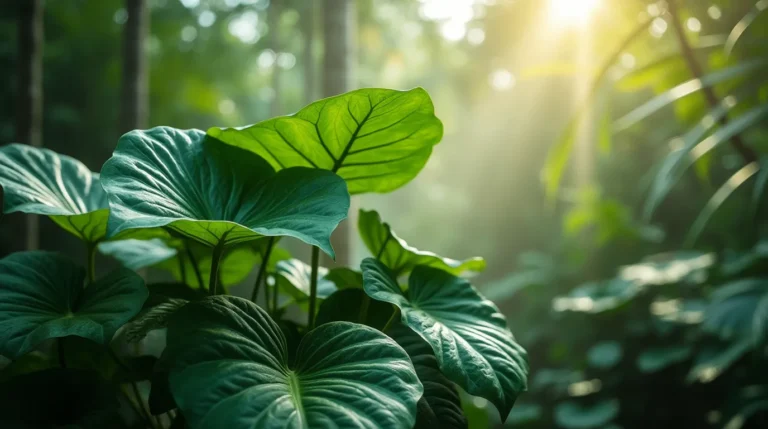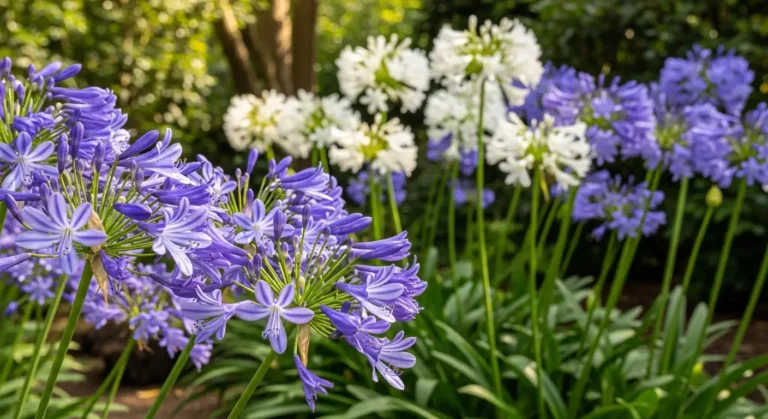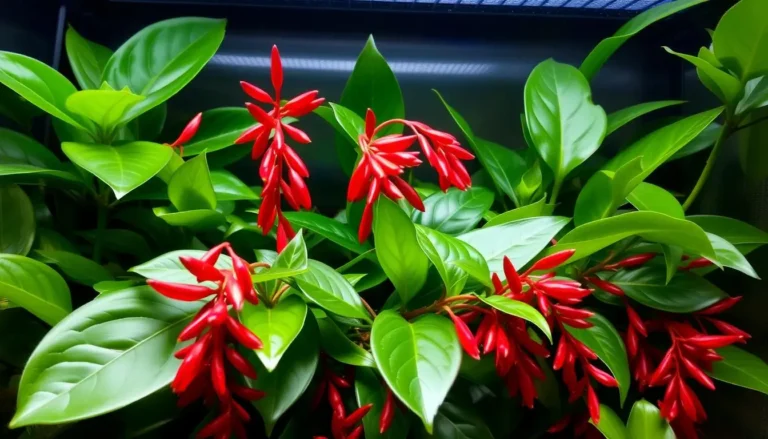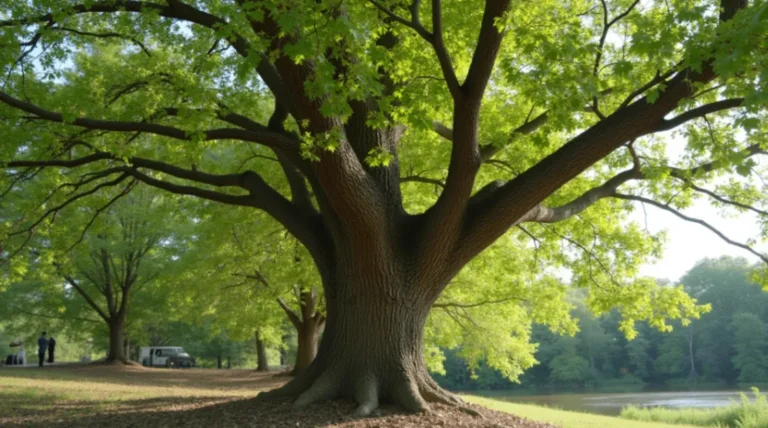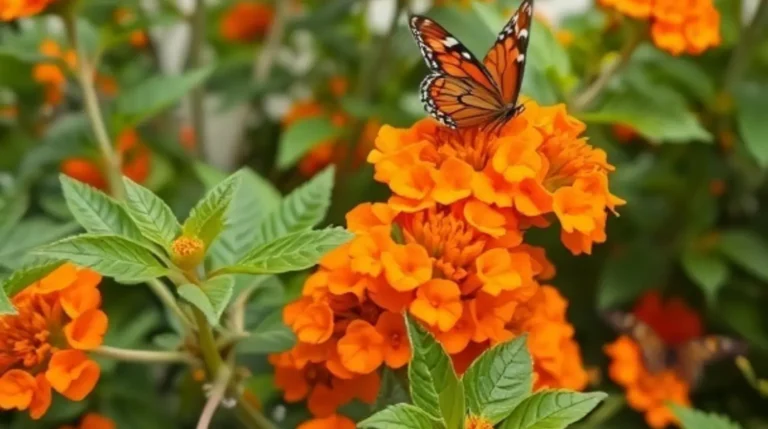Liquidambar styraciflua: Why It’s the Best Fall Color Tree
Table of Contents
Liquidambar styraciflua, commonly known as the sweetgum tree, is a stunning addition to any garden or landscape, known for its vibrant fall foliage and distinctive star-shaped leaves. Successfully growing Liquidambar involves understanding its specific needs and providing the right environment for it to thrive. Whether you are a seasoned horticulturist or a gardening enthusiast looking to expand your plant repertoire, mastering sweetgum tree maintenance can enhance your landscape’s beauty. In this ultimate guide, we will delve into essential plant care tips for sweetgum, uncovering the secrets of Liquidambar styraciflua care and exploring how to grow sweetgum effectively. Get ready to transform your garden with the majestic presence of this remarkable tree.
Introduction to Liquidambar Styraciflua
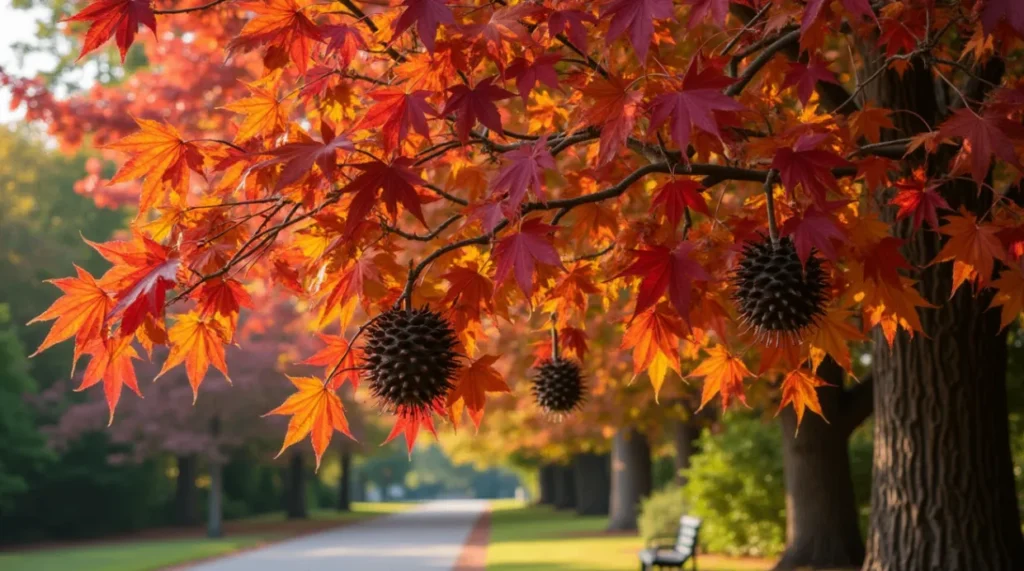
What is Liquidambar Styraciflua?
Liquidambar styraciflua, or the sweetgum tree, is a deciduous tree native to the southeastern United States and parts of Mexico. It’s renowned for its striking appearance, particularly during the fall when its leaves turn vibrant shades of red, orange, and yellow. The tree can grow up to 100 feet tall, making it a significant presence in any landscape. Its name, “sweetgum,” is derived from the aromatic gum that oozes from its bark when cut. This gum has been historically used for medicinal and commercial purposes. The tree’s distinctive star-shaped leaves and spiky fruit balls add to its unique character. Known for its adaptability, Liquidambar styraciflua thrives in a variety of soil types, though it prefers moist, well-drained conditions. Understanding this tree’s characteristics is key to successful sweetgum tree maintenance and ensuring it contributes beauty and shade to your garden or landscape.
Why Choose a Sweetgum Tree?
Choosing a sweetgum tree for your landscape offers both aesthetic and practical benefits. One of the tree’s most appealing features is its stunning fall foliage; the leaves transition through a spectrum of colors, providing visual interest throughout the season. Beyond aesthetics, sweetgum trees contribute to a healthy environment by improving air quality and providing shade, which can reduce cooling costs for nearby buildings. Their robust and upright growth habit makes them excellent as shade trees or as part of a windbreak. Additionally, sweetgum trees are relatively low-maintenance once established, requiring minimal intervention to thrive. They also attract wildlife, with birds often using the tree’s branches for nesting and its seeds as a food source. For those interested in native plants, the sweetgum is an excellent choice, as it plays a role in supporting local ecosystems. Thus, adding a Liquidambar styraciflua to your garden can enhance both beauty and biodiversity.
Key Benefits and Uses
Liquidambar styraciflua offers a range of benefits that make it a valuable addition to any landscape. A key advantage is its impressive aesthetic appeal, with its vibrant fall foliage providing a striking display that enhances curb appeal. The tree’s dense canopy offers excellent shade, making it ideal for planting in areas where sun protection is needed. Additionally, sweetgum trees have practical uses; their wood is often used in furniture making, veneers, and plywood due to their fine grain and workability. Historically, the gum extracted from its bark was used in traditional medicine and chewing gum. The tree also supports wildlife, attracting birds and small mammals that feed on its seeds. For gardeners interested in sustainable practices, sweetgum trees are beneficial for controlling soil erosion and improving soil quality with their extensive root systems. These multifaceted benefits make Liquidambar styraciflua a versatile and valuable choice for both ornamental and functional purposes in landscaping.
How to Grow Sweetgum

Selecting the Right Location
Choosing the right location is crucial for the successful growth of Liquidambar styraciflua. Sweetgum trees prefer full sun, so selecting a site that receives at least six to eight hours of direct sunlight each day is ideal. These trees thrive in moist, well-drained soil, although they can adapt to various soil types, including clay, loam, and sandy soils. It’s important to ensure the location has good drainage to prevent root rot, which can occur in waterlogged conditions. Additionally, consider the tree’s mature size when selecting a planting site, as sweetgum trees can grow quite large, reaching heights of up to 100 feet with a spread of 40 to 50 feet. Planting them away from structures, sidewalks, and driveways will prevent potential root intrusion and provide the tree with ample space to grow. By selecting the right location, you lay the foundation for effective sweetgum tree maintenance and robust growth.
Soil Preparation Tips
Preparing the soil effectively is essential for the successful cultivation of Liquidambar styraciflua. Start by testing the soil pH, as sweetgum trees prefer slightly acidic to neutral conditions, typically ranging from 6.0 to 7.0. If the soil is too alkaline, consider incorporating organic matter such as peat moss or compost to adjust the pH levels. This enriches the soil and improves its structure, promoting better root development. Ensure the planting area is free from weeds and debris which could compete with the young tree for nutrients and water. Loosen the soil to a depth of about 12 inches to enhance aeration and drainage, crucial factors for preventing root rot. If the native soil is heavy clay, consider amending it with sand or organic matter to improve drainage. By meticulously preparing the soil, you provide a solid foundation for growing liquidambar trees, ensuring they receive the nutrients and support necessary for healthy growth.
Planting Sweetgum Trees
After selecting the ideal location and preparing the soil, you’re ready to plant your sweetgum tree. Start by digging a hole twice as wide and as deep as the tree’s root ball. This ensures the roots have ample space to spread and establish quickly. Carefully remove the tree from its container, being mindful not to damage the roots, and position it in the center of the hole. Make sure the top of the root ball is level with or slightly above the surrounding soil to prevent water from accumulating around the trunk. Refill the hole with the soil you dug out, pressing it down firmly to eliminate any air pockets that could hinder root growth. Once planted, water the tree thoroughly to help settle the soil and hydrate the roots. Finally, spread a layer of mulch around the base, ensuring it’s not touching the trunk, to retain moisture and regulate soil temperature, promoting the tree’s healthy growth.
Sweetgum Tree Maintenance

Watering Requirements
Proper watering is vital for maintaining the health of Liquidambar styraciflua, especially during its early growth stages. Newly planted sweetgum trees require consistent moisture to establish their root systems. Water them thoroughly once a week, keeping the soil consistently moist without allowing it to become waterlogged. Use a soaker hose or drip irrigation to deliver water directly to the root zone, minimizing evaporation and conserving water. As the tree matures, it becomes more drought-tolerant, but it’s still important to monitor soil moisture levels during prolonged dry spells. In hot, dry climates, supplemental watering may be necessary to prevent stress and promote vibrant growth. Avoid frequent shallow watering, which encourages surface rooting and makes the tree more susceptible to drought conditions. Instead, aim for deep, infrequent watering to encourage deep-root development. By understanding and meeting the watering needs of your sweetgum tree, you can ensure its long-term health and resilience in your landscape.
Pruning and Shaping
Pruning is an essential part of sweetgum tree maintenance, ensuring healthy growth and a pleasing shape. The best time to prune Liquidambar styraciflua is during late winter or early spring, just before new growth begins. Start by removing any dead, diseased, or damaged branches to prevent the spread of infections and improve air circulation. Focus on cutting back any crossing or rubbing branches, as these can create wounds and encourage pest invasion. For shaping, aim to maintain a strong central leader and evenly spaced branches, which will help the tree develop a balanced structure. Avoid heavy pruning, as sweetgum trees are slow to heal and excessive cuts can stress the tree. Frequent, light pruning is better than infrequent, heavy pruning. Additionally, remove any suckers that grow from the base of the tree to direct the plant’s energy towards its main structure. Proper pruning techniques will promote robust growth and enhance the overall aesthetic of your sweetgum tree.
Pest and Disease Management
Maintaining the health of Liquidambar styraciflua involves vigilance against pests and diseases. Common pests that may affect sweetgum trees include aphids, scales, and spider mites. These can be managed with regular inspections and, if necessary, applications of insecticidal soap or horticultural oil. Encouraging beneficial insects, such as ladybugs, can also help keep pest populations in check naturally. In terms of diseases, sweetgum trees are generally resilient, but they can be susceptible to leaf spots, cankers, and root rot. Ensuring good air circulation through proper pruning and avoiding overhead watering can minimize the risk of fungal infections. Additionally, maintaining healthy soil and proper watering practices can reduce stress on the tree, making it less vulnerable to disease. If a disease does occur, prompt removal of affected areas and the use of appropriate fungicides may be necessary. By implementing these pest and disease management strategies, you can ensure your sweetgum tree remains healthy and vibrant.


